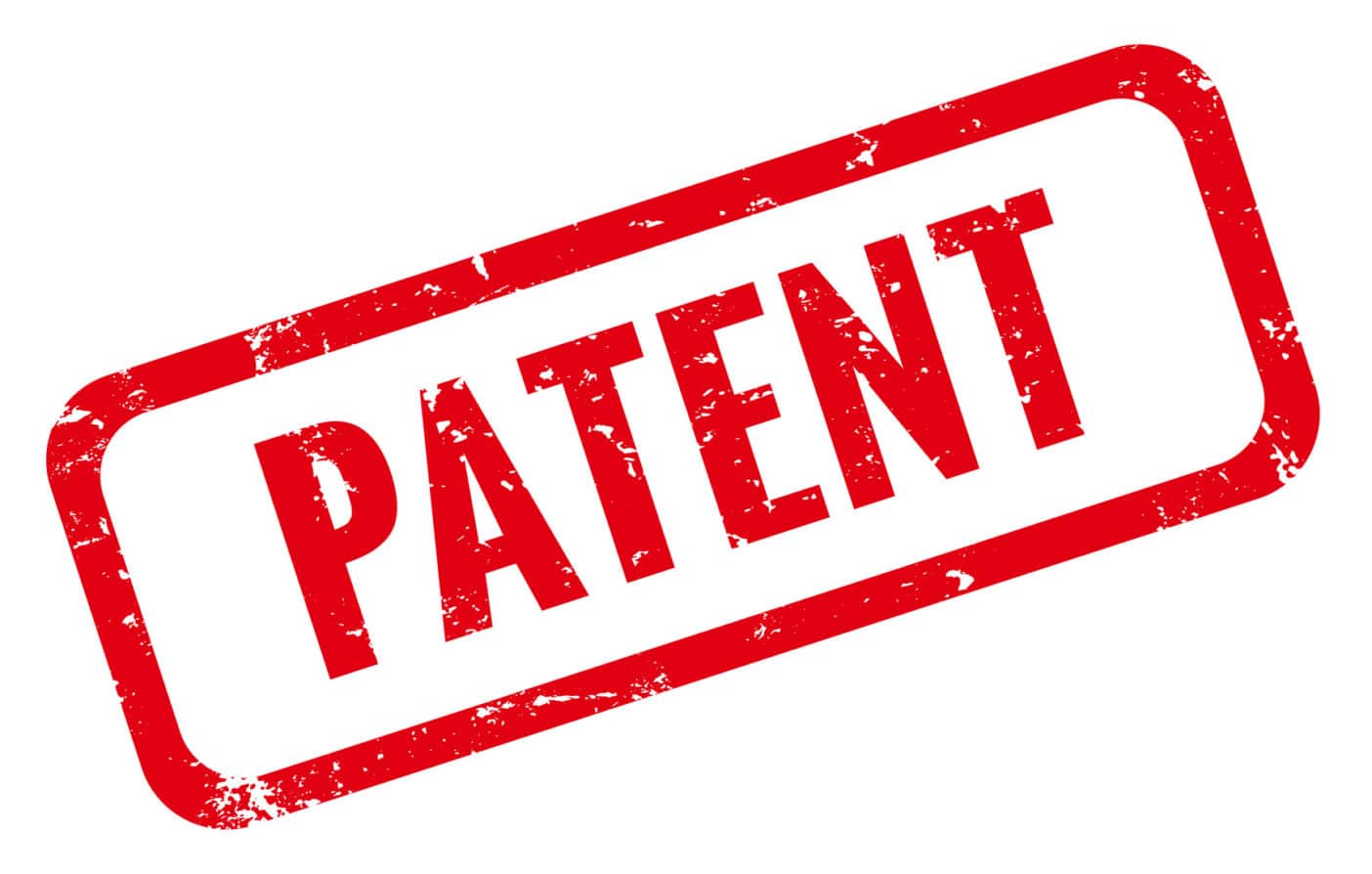Image Source: Google
Have you come up with a groundbreaking invention? Do you want to ensure that your idea is protected and that no one else can steal it? If so, you may want to consider applying for a utility patent. A utility patent is a legal document that grants exclusive rights to an inventor for a new and useful process, machine, article of manufacture, or composition of matter.
The utility patent application process can be complex, but it is essential to understand the steps involved in order to successfully obtain patent protection for your invention. Here is a guide on how to navigate the utility patent application process:
1. Determine Patentability
The first step in the utility patent application process is to determine whether your invention is eligible for patent protection. Not all inventions qualify for a utility patent. To be eligible, your invention must be novel, non-obvious, and have utility. This means that your invention must be new, not obvious to someone with ordinary skill in the field, and have a useful purpose.
2. Conduct a Patent Search
Before proceeding with the utility patent application, it is crucial to conduct a thorough patent search to ensure that your invention does not already exist. A patent search can help you identify similar inventions or prior art that may affect the patentability of your invention.
3. Prepare a Detailed Description
Once you have determined that your invention is patentable and unique, you need to prepare a detailed description of your invention. The description should include all the technical details and features of your invention. It is crucial to provide enough information to enable someone with ordinary skill in the field to understand and reproduce your invention.
4. File a Provisional Patent Application (Optional)
One option to consider before filing a utility patent application is to file a provisional patent application. A provisional patent application establishes an early priority filing date for your invention. It provides a one-year grace period to further develop your invention, conduct market research, and assess its commercial potential. If you choose to file a provisional patent application, it is crucial to document and date all improvements or modifications made to your invention during this period.
5. Prepare and File the Non-Provisional Utility Patent Application
Once you have completed the necessary research, written a detailed description, and conducted a patent search, it is time to prepare and file the non-provisional utility patent application. This application includes a detailed specification, drawings (if applicable), claims, and an oath or declaration.
6. Patent Examination and Prosecution
After filing the non-provisional utility patent application, your invention will undergo examination by a patent examiner. The examiner will review the application to ensure compliance with patent laws and determine the patentability of your invention. The examination process may include responding to office actions, which are official communications from the examiner regarding the patentability of your invention.
7. Patent Issuance
If the patent examiner determines that your invention meets all the requirements for patentability, your patent will be allowed, and you will receive a Notice of Allowance. You will then need to pay the required issue fees to proceed to the patent issuance stage. Once the fees are paid, your patent will be granted, and you will have exclusive rights to your invention for a specified period of time.
8. Maintenance and Enforcement
After your utility patent is granted, you must pay maintenance fees to keep it in force. Maintenance fees are due at regular intervals throughout the life of your patent. It is crucial to stay on top of these fees to ensure that your patent remains valid and enforceable.
In addition to paying maintenance fees, it is essential to actively monitor and enforce your patent rights. If you believe that someone is infringing on your patent, it is crucial to take appropriate legal action to protect your rights and seek damages for any infringement.
Obtaining a utility patent can be a lengthy and complex process, but it is essential to protect your valuable invention. By understanding the steps involved in the utility patent application process and working with an experienced patent attorney, you can increase your chances of successfully obtaining patent protection for your invention.

